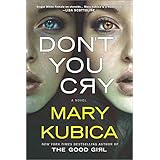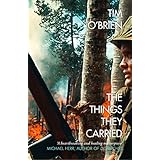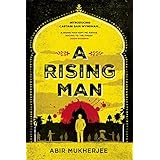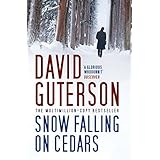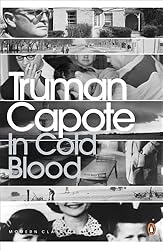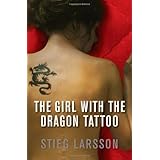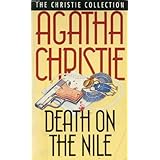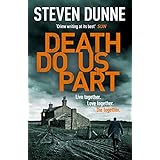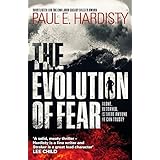This is the first part of the Blog Tour for Mary Kubica‘s Don’t You Cry, in which she writes about a book that changed her life. It’s not a book I’m familiar with, but I suspect it will be better known in the States than here. In any case, over to Mary:
The Book That Changed My Life
The first time I read Tim O’Brien’s Vietnam War memoir, The Things They Carried, I was in my second year of college, working toward a degree in history and American literature. I’d loved to read for as long as I could remember and had a deep fondness for history. I was preparing to be a teacher, which I did for many years before deciding to take time off and raise a family and, as luck would have it, begin a completely different career as an author.
To say I was moved the first time I read The Things They Carried would be putting it mildly. The book is about something I personally know nothing about – young male soldiers at war – and yet their stories resonated with me more deeply and completely than any I’d ever read before. It’s dark and gritty, dismal and depressing, and yet beautiful and courageous all at the same time. With brutal honesty that both saddens and staggers, O’Brien explores the day to day realities of the atrocities of war.
But this book is so much more, too. It isn’t just a novel about the Vietnam War, but rather the fear that imbues these young soldiers’ lives, the grief of having to leave past lives behind, the transformation of boys to men as they kill enemies and watch their friends die right before their eyes. It’s about the boys they were before the war began, and their lives after, and all the experiences, both positive and negative, in between. It’s about things they were forced to carry for the many months and years they were at battle: weapons and ammunition, the Bible, letters from lost loves, but more importantly the overwhelming weight of regret, fear, sadness, and grief.
I rarely read books more than once. There’s no need to have more than one copy of any book in one’s home, and yet I do. I have three copies of The Things They Carried, and when I’m feeling anxious or upset, I sit down and read a chapter or two of a novel I’ve come to know by heart, like a conversation with a familiar and trusted friend.
The Things They Carried instilled in me a greater awareness of the human spirit, the perils of war and the sanctity of human life. It inspired me to have a greater appreciation for all life, and to take nothing in this world for granted. It helped ignite my passion for writing by seeing the emotion O’Brien carried through to his readers, even those whose knowledge of the Vietnam War were slim. It’s clear to see the way O’Brien’s novel transports readers to a different time in history and a far different locale, so that we became one with the soldiers in his book; their lives becomes our lives, and as an author, this inspired me to want to do the same with my books, to bring my characters to life on the page and to transport my readers to their world.
For anyone who hasn’t yet read O’Brien’s masterpiece, I’d highly recommend it.
Thanks so much, Mary. I know the Vietnam War doesn’t have the same resonance in the UK, for obvious reasons, but this sounds like a book that would be worth reading for anyone who wants to further understand the effects of any war.

